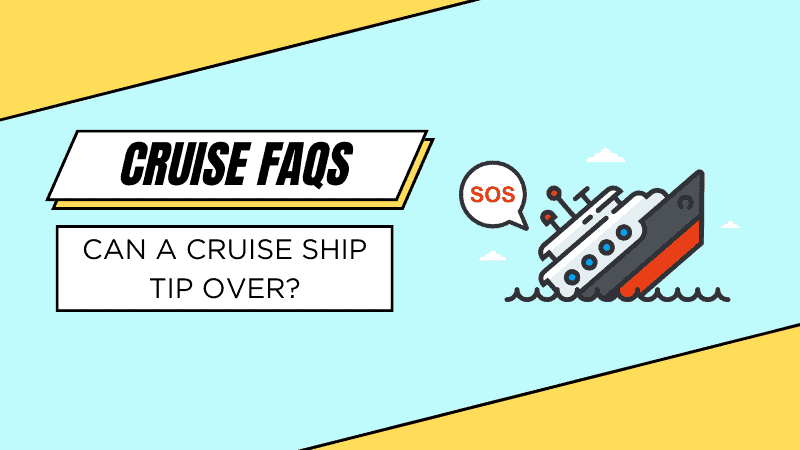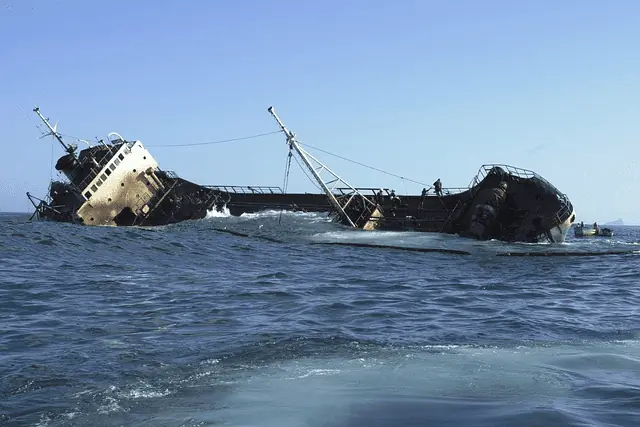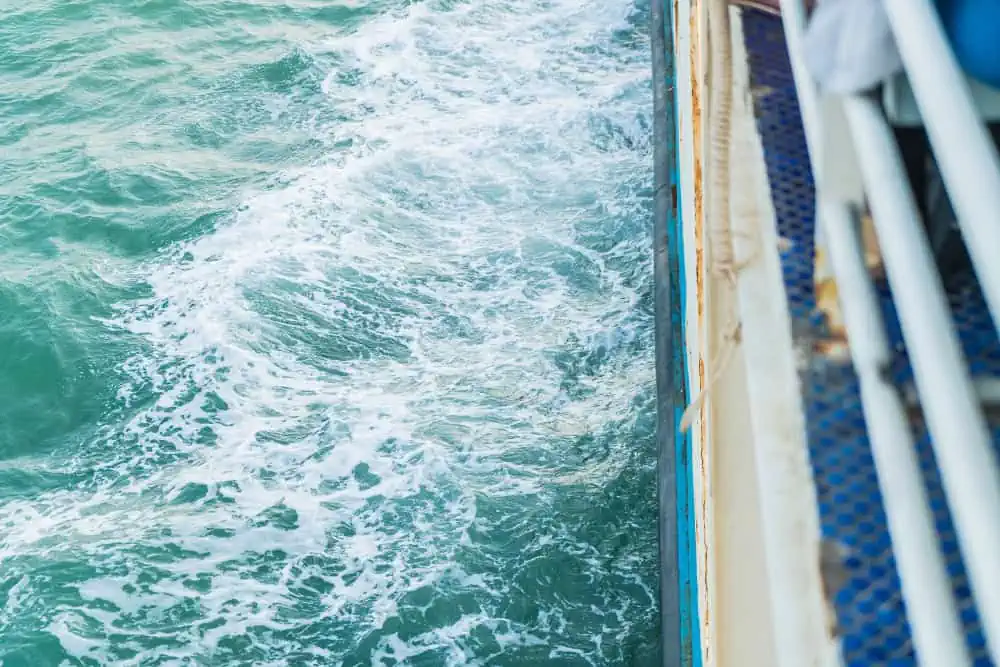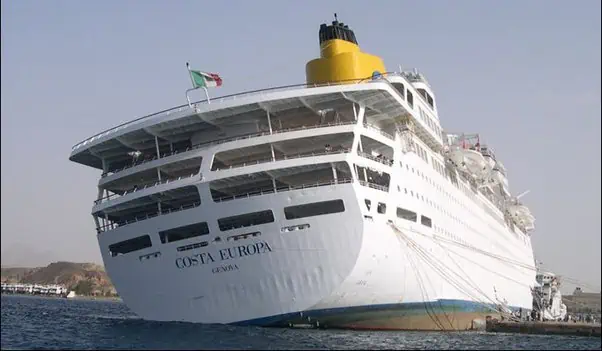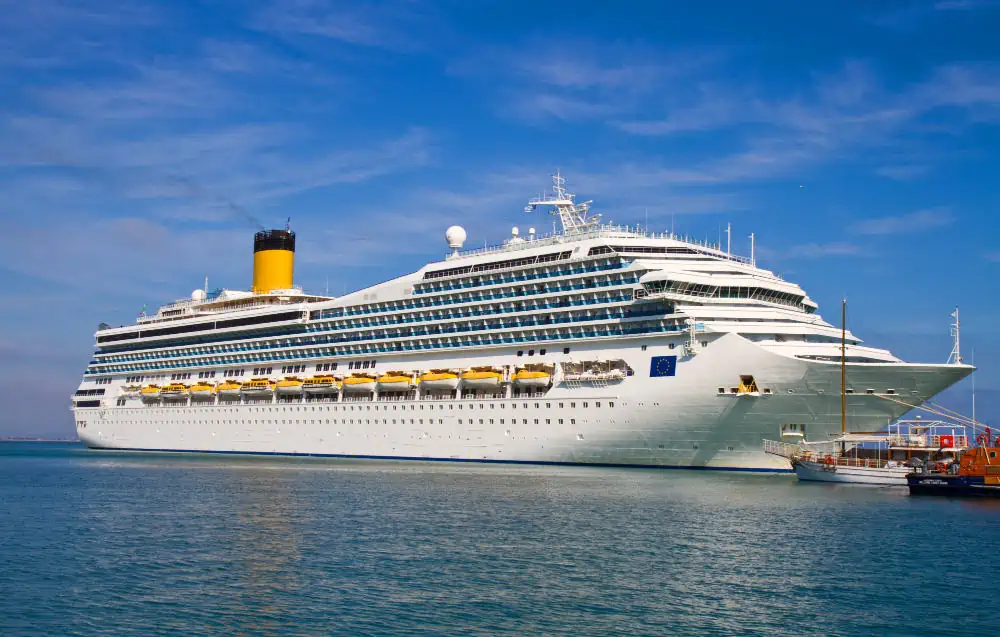A cruise vacation promises a mix of relaxation and adventure, yet the thought of a cruise ship tipping over can be unnerving for many of us. Remembering my first cruise, I couldn’t shake off images of the Titanic ship upright.
It’s a common fear, but let’s put things into perspective: modern cruise ships are feats of sophisticated engineering, designed with safety and stability at the forefront.
In this article, we’re tackling the question: Can a cruise ship tip over? We’ll look into the structural integrity and safety protocols that ensure the well-being of passengers.
So, let’s explore the realities behind cruise ship stability and put those fears to rest.
Can a Cruise Ship Tip Over?
When pondering the question, “Can a cruise ship tip over?” it’s important to recognize that while technically possible, it’s highly improbable. Even under the duress of rough seas, modern cruise ships exhibit remarkable stability.
The odds of these leviathans of the sea tipping over are akin to finding a needle in a haystack – possible, but you wouldn’t bet on it. Similarly, the frequency of cruise ships sinking is incredibly low, thanks to advanced engineering and rigorous safety protocols.
The resilience of these vessels during even the most tumultuous storms is no accident. The safety mechanisms aboard are nothing short of state-of-the-art.
Key to this stability is the low center of gravity that these ships maintain.
This design choice isn’t just for aesthetics; it’s a critical feature that keeps the ship balanced and upright, even when the sea decides to show its might.
Furthermore, modern cruise ships are equipped with watertight compartments and robustly constructed hulls.
These features ensure that water intrusion, a primary factor that can lead to ship tipping, is kept at bay. It’s like having multiple layers of defense against the ocean’s unpredictability.
Who Governs Safety Standards Present on Modern Cruise Ships
The safety standards for modern cruise ships are primarily governed by the International Maritime Organization (IMO). This global authority sets the bar high, regulating both safety and stability aspects of these vessels.
Before a cruise ship can even dream of welcoming passengers aboard, it must pass a series of rigorous tests as mandated by the IMO.
This ensures that every cruise ship meets an internationally recognized standard of safety.
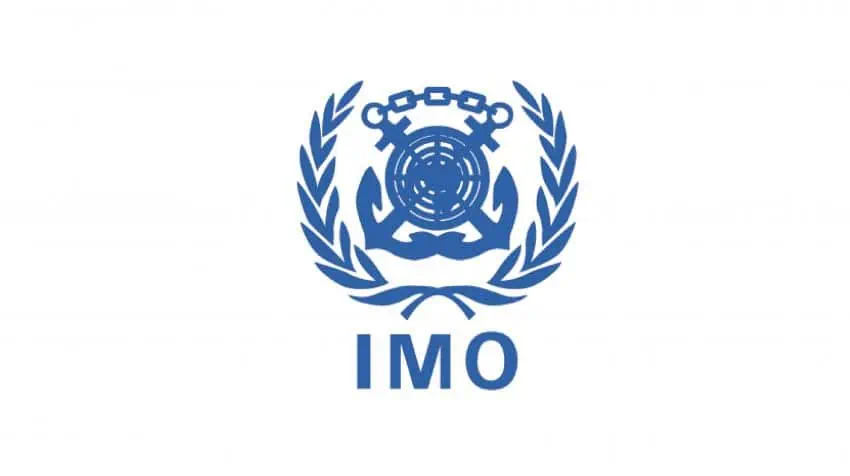
In addition to these global norms, cruise ships must also comply with local regulations. These standards can vary depending on the ship’s home port or its operational routes.
This dual layer of regulation – international and local – provides a comprehensive safety net, ensuring that cruise ships are literal paragons of safety and reliability against rogue waves or high winds.
How Much Would a Cruise Ship Lean Normally?
Passengers on a cruise ship often feel a noticeable lean, especially in rough seas. However, thanks to extreme stability measures, modern ships can lean up to 60 degrees before nearing a tipping point, a testament to their sophisticated design. This stability is partly due to the significant portion of the ship that is underwater, which can be as much as 30 feet or more, depending on the size and design of the vessel.
These vessels are also built to endure massive waves, some up to 50 feet tall, an example of their extraordinary capability to withstand severe weather conditions.
Despite the occasional tilt that passengers might experience, these figures underline the impressive resilience, and attention to safety regulations on today’s cruise ships.
Modern Safety Systems on Cruise Ships
Cruise ships today are reinforced with a range of advanced safety systems, each designed to ensure the vessel’s stability and passenger safety, especially in rough waters. These systems can be broadly categorized into active and passive types.
Active systems include sophisticated gyroscopes and thrusters. These instruments are crucial in minimizing the swaying of the cruise ship, particularly during bad weather. Additionally, counterweights are strategically used to help counterbalance the ship, maintaining a steady course even when navigating through dangerous waters.
On the passive side, one of the key features is the use of anti-roll ballast tanks. These tanks are a vital part of the ship’s weight distribution, playing a significant role in reducing unwanted movements and ensuring the ship’s balance.
This system is particularly effective in maintaining the stability of the ship, automatically correcting any weight imbalance that might occur.
The design of modern cruise ships also adheres to a balanced approach. They are engineered with a low center of gravity, achieved by having heavier and denser sections at the lower parts of the ship and lighter, durable materials for the upper decks.
This approach ensures the ship’s stability, even when it encounters rough weather conditions.
Additionally, the concept of metacentric height is employed, which involves a deeper draft of the ship in the water. This design aspect significantly aids in maintaining stability, particularly when the ship is in motion.
Lastly, cruise ships are equipped with sophisticated navigation and weather monitoring equipment. These high-tech systems provide precise weather forecasts and obstacle detection, enabling the crew to avoid hazardous conditions and ensure a safe voyage for all on board.
Can Passenger Weight Cause a Cruise Ship to Become Unsatable?
The notion that passenger weight or movement could significantly affect a cruise ship’s stability is a common misconception. While large-scale passenger movement might cause slight leaning, the ship’s advanced stability systems quickly counteract any imbalance.
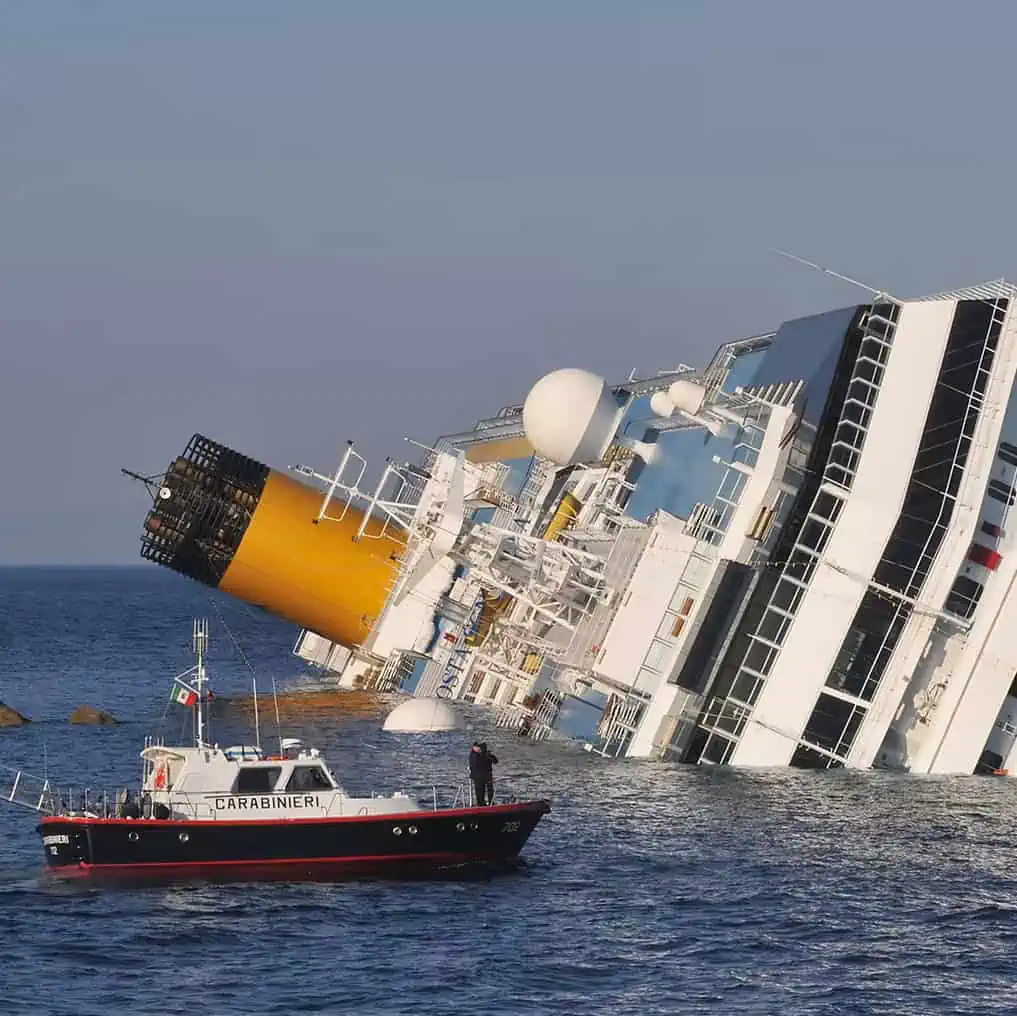
Modern cruise ships are equipped with stabilizer fins and sophisticated ballast systems, designed specifically to prevent tipping despite the movement and aggregation of passengers. These built-in safety measures ensure that the ship remains stable and upright, regardless of the distribution of passenger weight onboard.
Has a Cruise Ship Ever Tipped Over?
The Costa Concordia tragedy on January 13, 2012, stands as a somber example in maritime history. This Costa Cruises vessel deviated from its planned route near Isola del Giglio, Tuscany, and struck a rock formation on the sea floor.
The incident, which tragically resulted in 32 deaths, was caused by a navigational error rather than a failure of the ship’s stability systems or a chink in the cruise ship’s hull.
This event led to more stringent safety improvements across the cruise industry.

Enhanced standards incorporated improved crew training, emergency protocols, structural reinforcements, and advanced communication systems, all aimed at significantly boosting cruise ship safety and preventing similar incidents in the future.
Conclusion
Modern cruise ships are highly unlikely to tip over, thanks to their advanced safety systems and strict regulatory compliance. Safety is a top priority, ensuring stability and security for both passengers and crew. This emphasis on safety and the sophisticated technology involved is part of what contributes to the overall cost of a cruise ship.
It’s important to remember that these standards are maintained not just by cruise lines but also by external regulatory bodies. So, while nature offers no guarantees, the rigorous safety inspections and protocols in place do ensure a high level of safety on your journey.
FAQs
Is it Possible for a Cruise Ship to Capsize?
The capsizing of a cruise ship is extremely rare due to modern stability mechanisms like evenly distributed weight and advanced counterbalancing systems. These, combined with strict safety regulations, significantly reduce the risk, ensuring that even in harsh sea conditions, the likelihood of a cruise ship capsizing is minimal. Modern cruise ships are designed to withstand a variety of sea conditions, further bolstering their stability.
Is Traveling on a Cruise Ship Uncomfortable?
Cruise ship travel is typically comfortable, with advanced stabilization measures minimizing motion discomfort. For those prone to seasickness, cabins in the middle or lower decks are advisable, offering a more stable experience, alongside available motion sickness remedies to enhance comfort. Additionally, many cruise ships offer medical services to address any discomfort effectively.
Can a Cruise Ship Tip Over in a Storm?
It is highly unlikely for a cruise ship to tip over in a storm. Rigorous safety standards ensure that ships maintain balance and stability, even in rough waters. Equipped with state-of-the-art stabilization systems and managed by experienced crews, cruise ships are designed to safely weather storms. The design and construction of these ships prioritize passenger safety in diverse weather conditions.
How Safe is a Cruise Ship?
Cruising is among the safest forms of travel. Cruise ships come equipped with advanced safety systems and adhere to stringent safety regulations. Regular safety drills, comprehensive crew training, and well-established emergency protocols all contribute to making cruising a secure and reliable travel option. The speed of a cruise ship is carefully controlled and monitored to ensure safe navigation, with the average cruising speed being about 20-22 knots, which balances efficiency and passenger comfort. In addition, continuous advancements in maritime safety technology further enhance the safety of these vessels.

